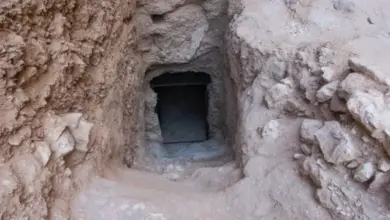
Egyptian Prime Minister Mostafa Madbouly on Saturday inaugurated the 500-megawatt Abydos 1 Solar Power Plant in the Kom Ombo Desert in Aswan Governorate, in the presence of several ministers, officials from the Ministry of Electricity and Renewable Energy and numerous media representatives.
Before unveiling the curtain marking the official start of the plant’s operation, the Prime Minister climbed onto a raised platform to view the huge number of solar panels stacked side by side on the vast area on which the plant is built.
After unveiling the curtain, Madbouly moved to inspect the control and monitoring room, then moved to inspect the transformer room, where the clean electricity generated from the plant is converted into the national grid.
The Prime Minister listened to an explanation from the Abydos 1 Solar Power Plant’s operation engineer, who indicated that the plant is being built on an area of 10 square kilometers (10,000 square meters) with a capacity of 500 megawatts.
The Chairman of the Board of Directors of AMEA Power, Hussain AlNowais, said that the station’s investments totaled US$500 million, financed by the International Finance Corporation (IFC), a member of the World Bank Group, the Dutch Development Bank (FMO), the Japan International Cooperation Agency (JICA), and the project’s general contractor, Power China.
AlNowais explained that the station includes 1,022,896 solar cells, in addition to 1,920 sub-transformers and 64 transformer stations, in addition to the two largest main transformers of their kind in Africa and the Middle East, each with a capacity of 300 megawatts and weighing 255 tons.
He indicated that the station provides electricity to 256,000 homes, and contributes to reducing carbon dioxide emissions by about 760 tons annually.
AlNowais further explained, “Work began on the Abydos 1 Solar Power Station site in March 2023, with Egyptian minds and hands, with 95 percent of the project’s administrative level being Egyptian, and 100 percent of the workforce being Egyptian. The number of workers on the site at the peak of the project’s work reached 3,500 people, and the project achieved 4.9 million safe working hours.”
Edited translation from Al-Masry Al-Youm




